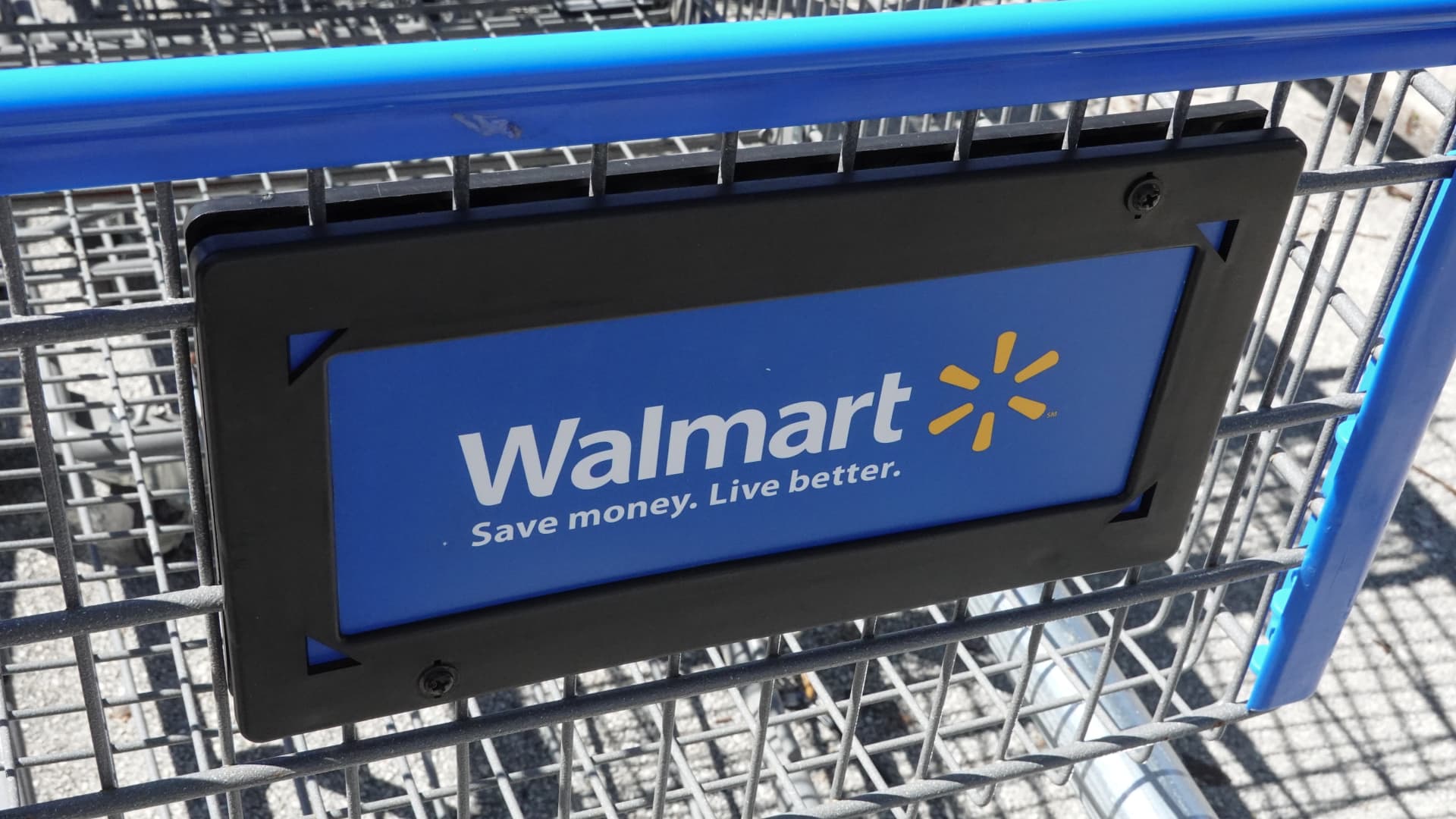A “silver tsunami” — with a record number of Americans expected to turn age 65 — is here.
Americans who reach that milestone age face high-stakes financial decisions.
Two of the most important choices retirees face — which Medicare health insurance coverage option to choose and when to claim Social Security benefits — come with deadlines.
And making a less-than-ideal selection may cost a retiree over their lifetime.
More than 11,200 baby boomers are expected to turn 65 every day from now through 2027, a phase that has been dubbed “peak 65.”
For many reasons, the generation entering this new life phase doesn’t have it easy.
A so-called three-legged stool of retirement planning — employer pensions, personal savings and Social Security — has largely gone by the wayside as many private-sector employees no longer have traditional pensions that may provide income throughout retirement, according to recent research from the Alliance for Lifetime Income.
Meanwhile, about 40% of households will not be able to maintain their pre-retirement standard of living due to insufficient retirement income, according to the Center for Retirement Research at Boston College.
Choosing Medicare coverage comes with trade-offs
Turning 65 ushers in a key milestone — eligibility for Medicare coverage.
Ideally, beneficiaries should sign up for all parts of Medicare the month before that birthday to avoid coverage gaps, according to a recent retirement report by J.P. Morgan Asset Management.
That coverage may come in the form of “original” Medicare — through Parts A and B, for hospital and medical insurance, as well as optional additional coverage through Part D drug coverage or medigap private insurance plans.
Alternatively, retirees may opt for private Medicare Advantage plans that may include prescription drug coverage and possibly also vision, dental and hearing.
Beneficiaries may revisit their coverage each year during open enrollment periods.
“It can be very confusing for people to sort through all of their options and try to figure out what the differences are across plans, but also what options will work for them over the next year and work well over the longer term as well,” said Gretchen Jacobson, vice president of Medicare at the Commonwealth Fund.
Today’s beneficiaries need to brace themselves for rising health-care costs.
A beneficiary who is 65 in 2024 and covered by original Medicare faces $542 in monthly costs on average, according to J.P. Morgan’s research. By 2054, when that beneficiary is 95, that may go up to $1,484 per month, J.P. Morgan said.
That’s based on an annual 6% health care inflation rate, which J.P. Morgan calls a “prudent” assumption.
In comparison, inflation is up 2.8% annually, based on the latest read of the Federal Reserve’s key inflation gauge, the personal consumption expenditures price index.
The monthly outlay for beneficiaries covered by Medicare Advantage is much lower, according to J.P. Morgan’s estimates. Someone turning 65 in 2024 may spend up to $427 per month for Medicare Advantage premiums and out-of-pocket costs. By 2054, when they are 95, that may climb to up to $990.
Based on the numbers, Medicare Advantage may seem like a better deal. But experts say there are trade-offs to consider.
New enrollees who opt for Medicare Advantage may later want to switch to original Medicare. But it may be difficult getting medigap coverage, depending on the state you’re in and your health status, said Sharon Carson, retirement insights strategist at J.P. Morgan Asset Management.
Having original Medicare also gives you more providers to choose from, as all providers who accept Medicare generally take original Medicare, Carson said. Consequently, retirees who split their time between two states tend to opt for original Medicare.
Because Medicare Advantage enrollees have no supplemental coverage, they should set aside more money for surprise out-of-pocket costs, Carson said.
Moreover, while retirees may opt for Medicare Advantage for the additional coverage those plans may provide, many people don’t actually use benefits such as dental, vision, fitness or over-the-counter medication coverage, recent research by the Commonwealth Fund found.
“They should also consider whether they will actually use those benefits, or if perhaps there’s a different plan that offers benefits they’re more likely to use,” Jacobson said.
Claiming Social Security early means taking a 30% cut
Americans who turn age 65 in 2024 have a Social Security full retirement age of 66 and 10 months.
For those who reach that age next year and thereafter, the full retirement age is 67, per changes enacted decades ago that are being gradually phased in.
The full retirement age is the point when retirees stand to receive 100% of the benefits they’ve earned.
But they may claim as early as age 62, though if they do so they will receive reduced benefits.
For those turning 65 now, that amounts to a benefit cut of around 30%. So if their full retirement age benefit is $1,000 a month, they will receive a $700 monthly check for life if they instead decide to claim at age 62.
Beneficiaries who delay even longer — up to age 70 — stand to receive a benefit increase of 8% per year for every year they delay claiming past full retirement age.
“The best financial asset you can have is a higher Social Security annuity,” said Teresa Ghilarducci, a labor economist and retirement security expert.
“It’s inflation indexed and guaranteed for life,” she said.
Yet only about 8% of beneficiaries wait until age 70 to claim, according to Ghilarducci, a professor at The New School for Social Research and author of the book “Work, Retire, Repeat: The Uncertainty of Retirement in the New Economy.”
“Everyone should know that you have a penalty if you collect before 70,” Ghilarducci said.
However, most people do not delay benefits that long simply because they can’t, she said.
They may be forced out of work early and need to dip into Social Security to supplement their income when retirement savings fall short. Or they may be working but have taken a job that pays a lot less and make up for those missing wages with their Social Security checks.
Those who can’t delay their Social Security benefits for years can still increase their lifetime benefit income by delaying for just a few months, Ghilarducci said.
“Do whatever you can to bridge to a higher Social Security benefit amount,” Ghilarducci said.








